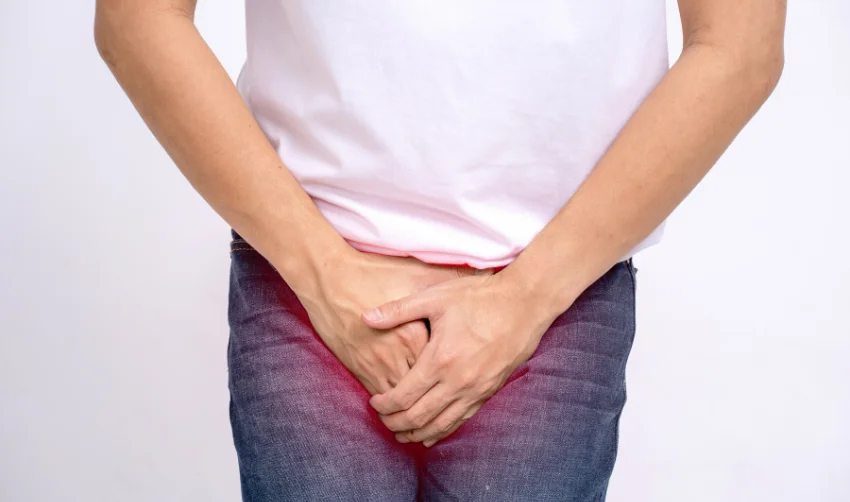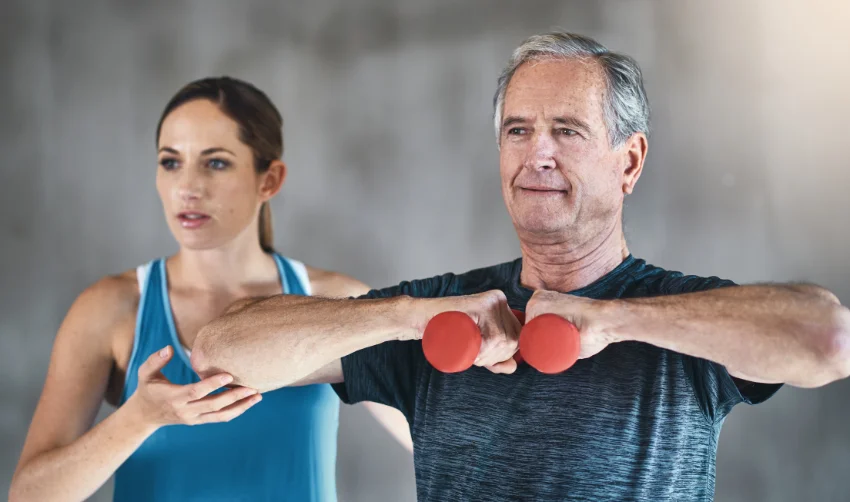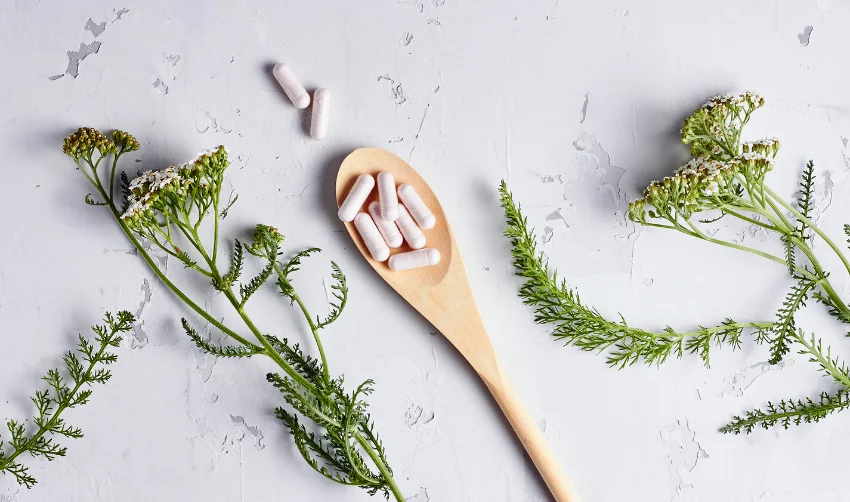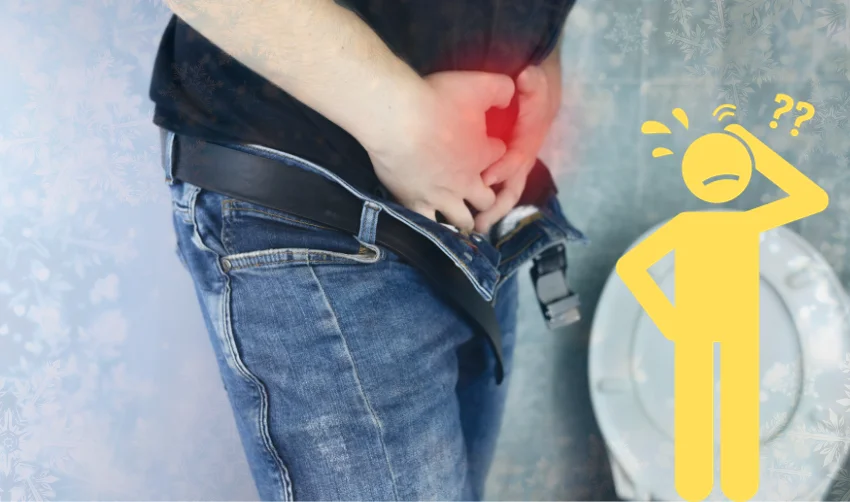As snowflakes swirl and temperatures plummet, winter’s frosty grip tightens not just around landscapes, but also around men’s prostate health. The cold brings unique challenges, amplifying existing conditions and urging proactive measures. But fear not, gentlemen! This winter, instead of hunkering down and succumbing to prostate woes, let’s embrace a season of proactive healing and prevention.
In light of these seasonal challenges, adopting proactive health measures becomes paramount. Winter should not be a time for men to passively accept increased discomfort or potential health risks. Instead, it’s an opportunity to double down on health strategies that safeguard the prostate. This means not only being vigilant about symptoms and seeking timely medical advice but also embracing lifestyle changes that can fortify prostate health. Regular exercise, a balanced diet, and stress management are not just general health recommendations; they are vital components of a winter wellness plan for the prostate.
By taking proactive steps, men can not only navigate through the winter with greater comfort but also lay a foundation for long-term prostate health, turning the coldest months into a period of wellness and vigilance.
Winter's Chilling Effect on the Prostate

The onset of winter not only alters the landscape but also signifies a crucial time for heightened attention to prostate health. The prostate, a key component of the male reproductive system, is particularly vulnerable to the cold conditions of winter. Lower temperatures and harsh weather during this season can adversely affect prostate health, possibly exacerbating existing conditions or initiating new symptoms. This period is marked by a stark contrast between the comfort of indoor warmth and the body’s internal challenge in preserving the well-being of the prostate gland.
How Cold Weather Affects Prostate Health
The connection between cold weather and prostate health is rooted in the body’s physiological response to lower temperatures. When exposed to cold, the body naturally reacts by tightening muscles, including those in the pelvic region. This tightening can lead to increased pressure on the prostate gland, exacerbating symptoms for those with conditions like prostatitis or benign prostatic hyperplasia (BPH).
The cold weather can also lead to more frequent urination, a common symptom of prostate issues, as the body attempts to retain heat and the bladder becomes more active. Additionally, the chilly weather can discourage outdoor activities and exercise, leading to a more sedentary lifestyle that further impacts prostate health. These factors combine to create a perfect storm, where the cold of winter can significantly worsen prostate health issues.
The Risk for Men Over 60
For men over the age of 60, the winter months can be particularly challenging in terms of prostate health. As men age, the likelihood of prostate issues such as BPH or prostatitis increases, and the added stress of cold weather can intensify these conditions. The aging prostate is more susceptible to the effects of cold-induced muscle tightening and reduced physical activity, making symptom management more difficult during winter. This age group is also more likely to experience a weakened immune system, which can complicate the body’s ability to cope with prostate inflammation or infections. Therefore, it’s crucial for older men to be especially mindful of their prostate health during the winter, paying close attention to any changes in symptoms and maintaining a proactive approach to wellness to mitigate the seasonal impact on their prostate.
Recognizing Prostate Health Symptoms

Navigating the complexities of prostate health requires an understanding of the various symptoms that can manifest, particularly as men age or during challenging times like the winter months. Recognizing these symptoms is not just about identifying a problem; it’s about empowering oneself with the knowledge to seek timely and appropriate care. prostate problems can present a range of symptoms, some subtle and others more pronounced, each signaling the need for attention and possibly medical intervention. As we delve into the common symptoms of prostate problems, it’s crucial to remember that early detection and understanding can lead to better management and outcomes.
Common Symptoms of Prostate Problems
Prostate health concerns, such as benign prostatic hyperplasia (BPH), prostatitis, or prostate cancer, often share similar symptoms, making self-diagnosis challenging. These symptoms can include frequent urination, especially at night (nocturia), difficulty starting or maintaining a steady urine stream, a sense of incomplete bladder emptying, and in some cases, urinary incontinence. Pain or discomfort during urination or ejaculation can also be a sign of prostate issues. It’s important to note that these symptoms don’t always indicate a serious condition, but they do warrant a discussion with a healthcare provider for proper assessment and diagnosis.
Differentiating Between Prostatitis and UTIs
Understanding the difference between prostatitis and urinary tract infections (UTIs) is crucial, as they can present similar symptoms but require different treatments. Prostatitis, the inflammation of the prostate gland, often causes pain in the groin, pelvic area, or genitals, and can be accompanied by flu-like symptoms in acute cases. UTIs, on the other hand, are infections in any part of the urinary system, often characterized by a burning sensation during urination and a frequent urge to urinate.
While UTIs are more common in women, men can also develop them, sometimes as a complication of prostatitis. Unlike UTIs, which are typically caused by bacteria and treated with antibiotics, prostatitis can have various causes (bacterial or non-bacterial) and may require a more comprehensive treatment approach, including antibiotics, alpha-blockers, or anti-inflammatory medications. Therefore, distinguishing between these two conditions is essential for effective treatment and relief.
Exploring the best men’s supplements can be a proactive step in managing some of the common symptoms associated with prostate problems.
Environmental Awareness and Prostate Health

Environmental factors play a significant role in prostate health, often overlooked in the broader conversation. The modern world exposes men to a variety of environmental toxins and endocrine disruptors that can adversely affect prostate health. These include chemicals in plastics, pesticides in food, and pollutants in the air. Understanding and mitigating these risks is crucial. Men should strive to reduce exposure to harmful chemicals by choosing organic foods, using natural cleaning and personal care products, and avoiding plastic containers for food and drink, especially when heated. This proactive approach to environmental awareness not only supports prostate health but also contributes to overall well-being.
Holistic Healing Strategies
In the quest for optimal prostate health, especially during the challenging winter months, holistic healing strategies offer a comprehensive approach. These strategies go beyond conventional medical treatments, embracing a broader perspective that encompasses lifestyle, diet, and mental well-being. By integrating these diverse elements, men can create a robust defense against prostate issues, enhancing their overall health and quality of life. Holistic healing recognizes the interconnectedness of the body and mind, advocating for a balanced approach to wellness.
Understanding hormone therapy for men can be an integral part of addressing prostate health challenges, especially in the holistic healing context. Here, we explore the top five holistic strategies that can be particularly effective in maintaining and improving prostate health:
1. Nutrition and Diet

Emphasize a diet rich in fruits, vegetables, and omega-3 fatty acids, while reducing intake of red meats and processed foods. Foods high in antioxidants and anti-inflammatory properties can be particularly beneficial for prostate health.
2. Regular Physical Exercise

Engage in regular physical activity to improve blood circulation, reduce obesity risk, and enhance overall well-being. Exercises like walking, swimming, and yoga can be especially helpful.
3. Stress Reduction Techniques

Implement stress management practices such as mindfulness, meditation, and deep breathing exercises. Reducing stress can positively impact hormonal balance and overall prostate health.
4. Environmental Awareness

Be mindful of environmental toxins and reduce exposure to harmful chemicals. Opt for natural, non-toxic products in daily life to support overall health.
5. Natural Supplements and Herbs

Consider natural supplements like saw palmetto, zinc, and selenium, known for supporting prostate health. Always consult with a healthcare provider before starting any supplement regimen.
Incorporating essentials to keep the prostate healthy into your daily regimen is a key aspect of holistic healing, especially during the winter months.
Supplements and Herbal Remedies
In the realm of holistic health, supplements and herbal remedies offer supportive care for the prostate. Natural supplements like saw palmetto, pygeum, and stinging nettle have been traditionally used for their beneficial effects on prostate health. For residents in the area, considering men’s health vitamins online in Maryland, Kensington, offers a convenient way to access quality supplements tailored to prostate health. Zinc and selenium are essential minerals that play a role in maintaining prostate function. Omega-3 fatty acids, found in fish oil, can help reduce inflammation, a key factor in many prostate conditions.
However, it’s important to approach these remedies with caution and under professional guidance, as they can interact with medications and are not a substitute for medical treatment. Consulting with a healthcare provider ensures a safe and effective integration of these natural remedies into your health regimen.
For those looking into supplements to increase testosterone, it’s important to consult with healthcare professionals to ensure safe and effective use.
Embracing Winter with a Wellness Mindset

Winter, often perceived as a challenging season for health, can actually be an opportunity to embrace a wellness mindset. This perspective involves recognizing the unique needs of the body during colder months and proactively adjusting lifestyle habits to support prostate health. It means staying active even in colder weather, finding indoor exercises or embracing winter sports. It’s about nourishing the body with warm, healthy foods and staying hydrated. Embracing a wellness mindset also involves mental health, staying connected with loved ones, and engaging in activities that bring joy and relaxation. This holistic approach to winter can transform it from a season of potential health hazards to a time of nourishing and strengthening the body and mind.
Conclusion: Empowering Winter Wellness
As we journey through the winter months, it’s essential to remember that this season offers a unique opportunity to focus on and enhance prostate health. By adopting a holistic approach that includes dietary changes, regular exercise, stress management, environmental awareness, and the judicious use of supplements, men can empower themselves to maintain and improve their prostate health. Winter’s challenges can be transformed into a catalyst for positive change, encouraging a proactive stance towards health and well-being. With the right strategies and mindset, winter can become a season not of dormancy, but of rejuvenation and vitality, laying a strong foundation for year-round wellness.


